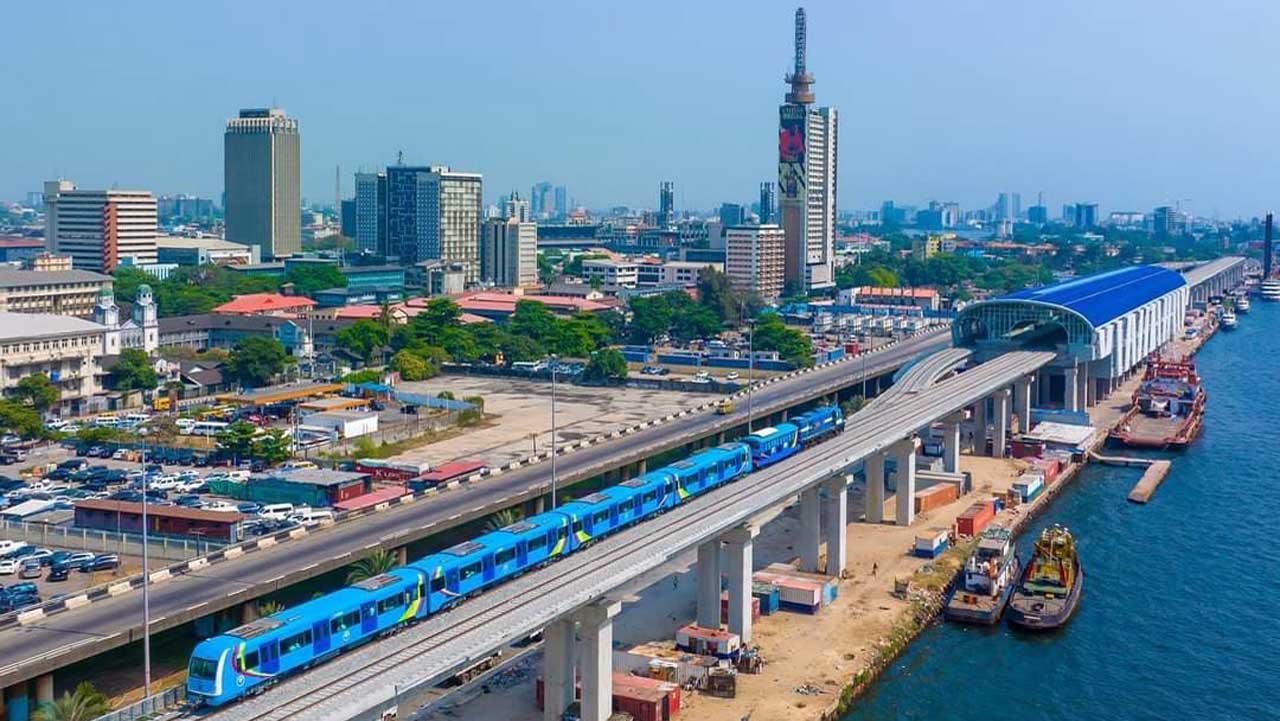(3 minutes read)
Nigeria’s commercial capital, Lagos began the commercial operations of its Blue Rail Line project giving the city hope for de-congesting its menacing traffic snarls. Lagos State Governor, Babajide Sanwo-Olu, presided over the official launch of commercial operations for the Lagos Blue Line rail
Nigeria’s commercial capital, Lagos began the commercial operations of its Blue Rail Line project giving the city hope for de-congesting its menacing traffic snarls. Lagos State Governor, Babajide Sanwo-Olu, presided over the official launch of commercial operations for the Lagos Blue Line rail.
The launch had been postponed multiple times. The rail system is projected to serve a daily ridership of at least 250,000 individuals. This can substantially reduce travel times along the Mile 2-Marina corridor within the state. With a population of over 20 million residents, the state has become synonymous with chaotic traffic situations.
Read Also:
The Blue Rail Line project was conceived as an innovative mode of intra-city commuting, with the specific aim of transitioning the state away from its heavy reliance on a single transportation mode, for which it has been known. Almost 4 million citizens have the Cowry card already. The card will be used on the train to commute, which can be obtained by availing a discount of 50% on the Blue Line.
Read Also:
https://trendsnafrica.com/nigeria-gets-us3-billion-crude-oil-repayment-loan-from-afreximbank/
The first phase of the network, Phase I of the Blue Line, was originally slated for completion in 2011. However, construction has faced numerous delays due to funding shortages and changes in government leadership. Upon full completion, the entire 27km Blue Line is expected to transport approximately 500,000 passengers daily.





